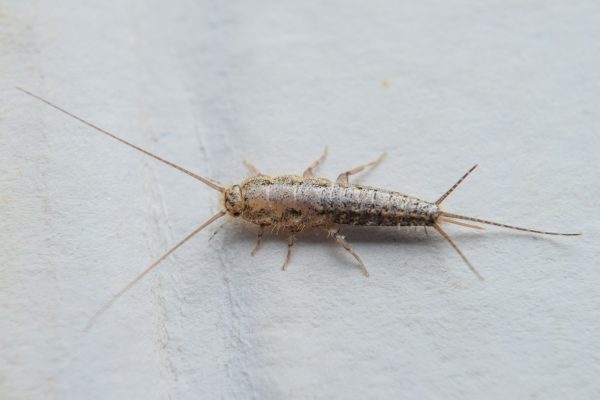Silverfish are just one of those pests that can cause damage around your home. However, the good news is that you don't have to live with it forever. And if you are curious about how big silverfish can get, you have come to the right place. We have conducted thorough research about it.
Silverfish grow to be about a half or one inch long and can live for up to eight years. And because the insects are nocturnal, they are rarely seen during the day.
The size of silverfish is not the only thing you should know about them. There is still more information that you should be curious about silverfish pests, such as how to get rid of them. And to do so, it would be best to keep reading. Enjoy!
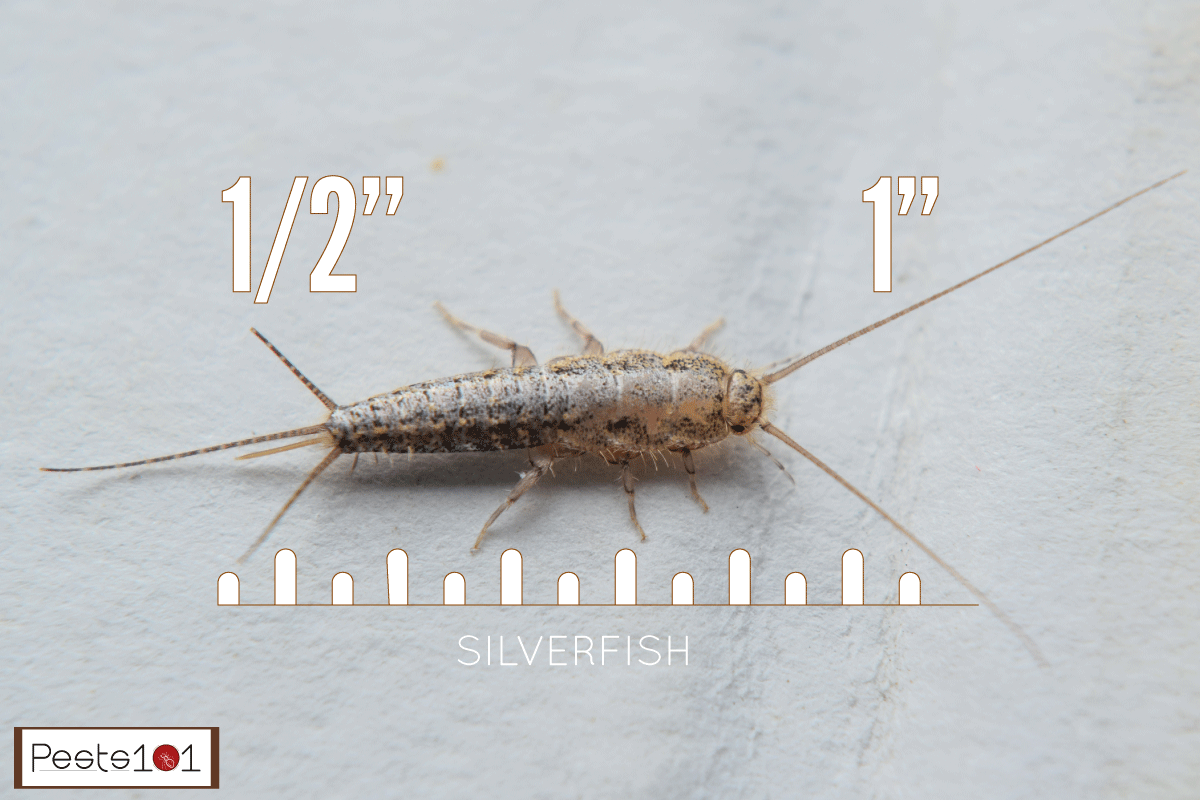
What Are Silverfish?
Silverfish are one of the world's most known insects. People also call them bristletails or paper fish.
Silverfish are avid feeders who thrive on starchy meals. They are particularly fond of paper and will devour books and other household items.
The body of the silverfish is covered in tiny scales that look like fish scales. Additionally, they have silver or gray body color.
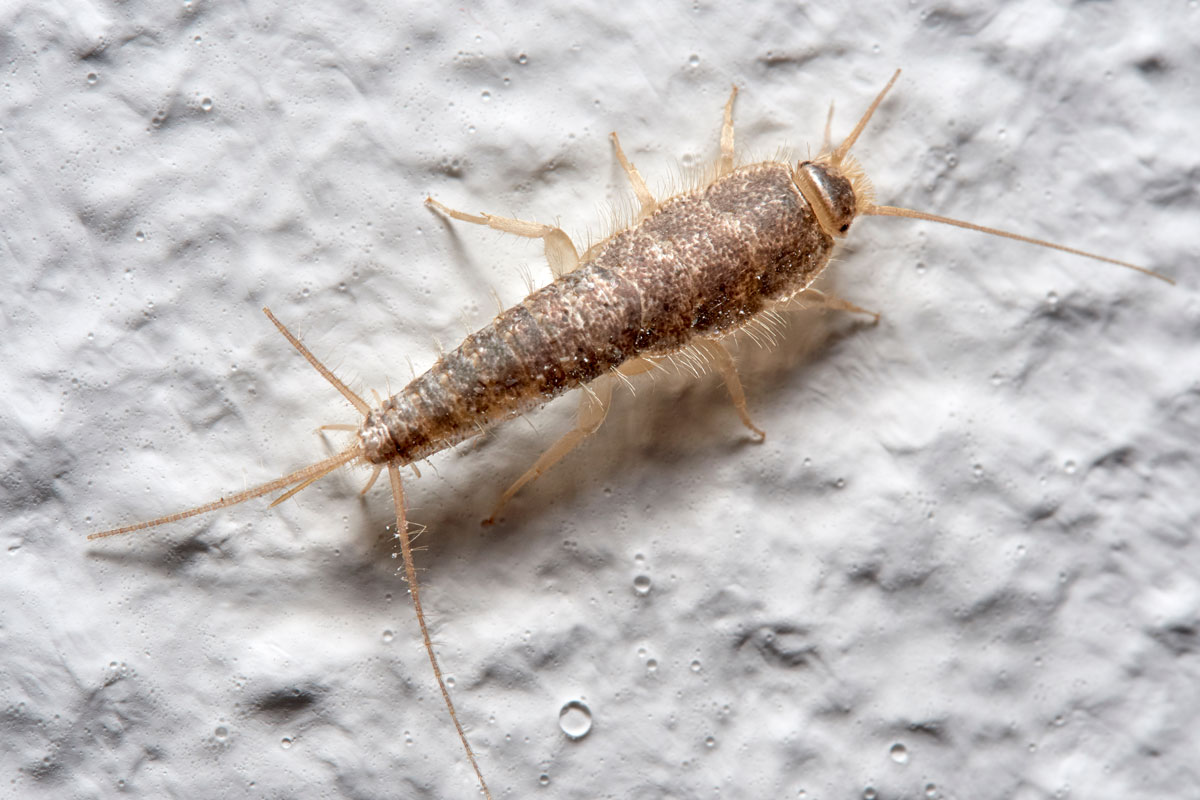
The body is widest at the top and narrows down to the back, where three long appendages with bristles are visible. One appendage protrudes straight from the body's end, while the other two protrude at ninety-degree angles from the left and right sides of the torso.
What Attracts Silverfish To A House?
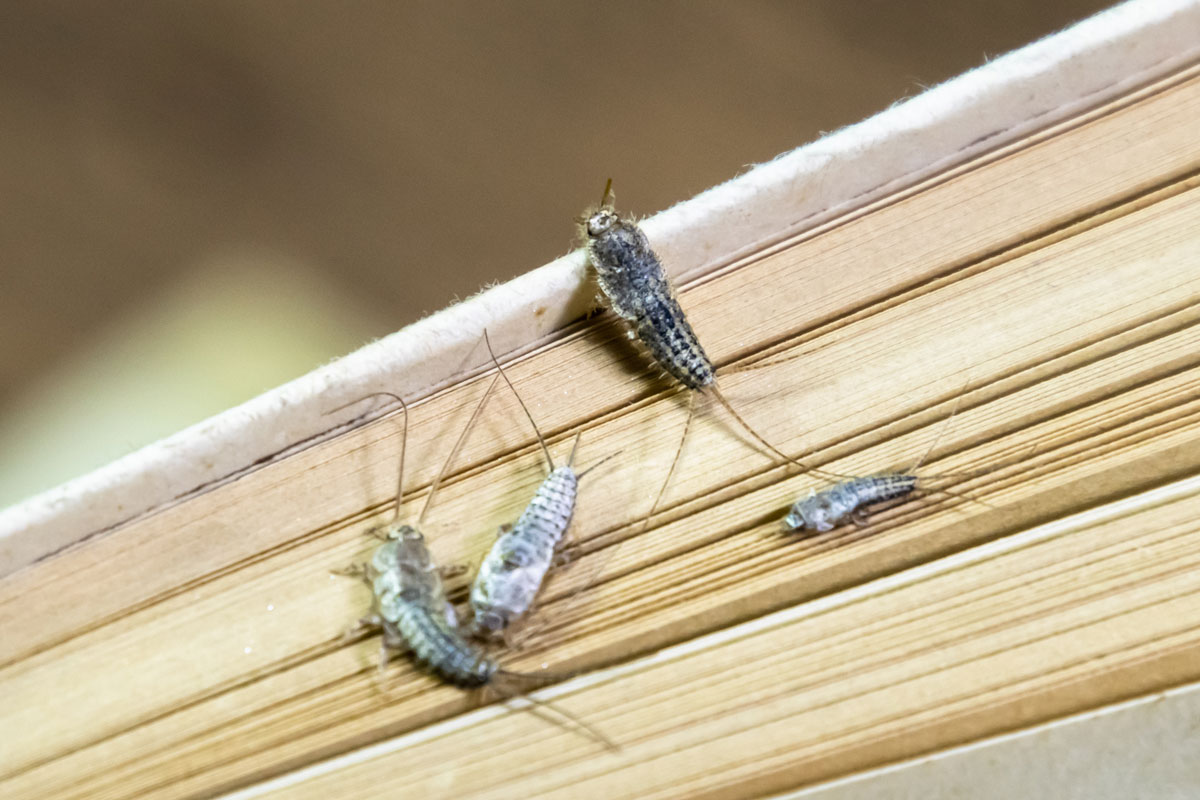
If you are wondering why silverfish infest your home, here are the reasons why:
1. Moist Areas
Silverfish like wet, well-protected locations such as under logs and rocks or leaf litter in their natural habitats. They prefer to hide in books, behind furniture, basements, or beneath sinks in a home environment.
They highly require moisture to endure and will establish themselves in areas of your home where there is a lot of dampness.
2. Food Sources
Silverfish also require food, of course. Textiles, fibers, grains, sugars, and dry items – such as cereals and pet food – are all starchy food sources for these pests.
Silverfish are challenging to eradicate because they eat practically anything in nature, from starches and carbs to protein. They eat decaying plant waste, leaves, and other decomposing things in their native habitat.
Additionally, they'll happily eat food leftovers, stray pieces of pet food, and dried products such as sugar, wheat, and cereal in your home.
3. Place To Lay Eggs
Some areas in your home are moist, dark, and hidden. And those locations are where silverfish like to lay eggs the most. Their eggs are color white or yellow and appear like the shape of a bulb.
4. Hiding Place
Silverfish prefer to make their homes beneath furniture, damp basements, or bookshelves. While making your house hostile to silverfish will help you deter them, large infestations may require the assistance of a pest management specialist.
What Are The Signs Of Silverfish Infestation?
If you think there are silverfish in your home, you may want to check the signs below to confirm:
If You See Live Silverfish
The presence of live silverfish is the first indicator of a silverfish infestation. The color of these little, slick insects ranges from blue-silver to brown-grey. They have a teardrop form and wiggle back and forth when they move, similar to how a fish swims.
Because silverfish are nocturnal, it might be tough to spot them, but simply witnessing a single live silverfish can imply that you have an infestation.
Droppings
The droppings of silverfish are pretty distinct. They resemble microscopic black peppercorns and are commonly present in areas where silverfish congregate.
Many mistake silverfish droppings for dust or household debris because they are so tiny. Moreover, you'll know you have pest trouble if you sweep once and they keep coming back.
Skin Molts
Throughout their lives, silverfish lose their skins. The outer shells are delicate, small, and translucent, but they are a sign of silverfish infestation.
Yellow Stains On Your Belongings
Even if you don't witness real silverfish skin molts, the yellow dust left behind on surfaces when silverfish molt may be visible. And you can usually find these yellow stains on papers, books, cardboard boxes, and clothes.
Damaged Belongings
Recognizing the damage that silverfish cause is one of the easiest methods to notice them. As mentioned earlier, wallpaper, clothes, linens, and cardboard are all sources of starchy food for silverfish. To confirm that you have a silverfish infestation, look for holes bitten through things like these.
How To Eliminate Silverfish In A Natural Way?
Indeed, silverfish are annoying insects that cause significant damage to our belongings. So, it would be best to get rid of them immediately. And to do that, we highly suggest you follow the tips below.
Make Silverfish Traps
Silverfish are obsessed with starchy meals and will go to considerable lengths to find them. It would help to fill a glass jar with dried cereal, pet food, or flour to get rid of them. Remove the top and tape the entire outer surface.
Silverfish can enter the jar thanks to the tape's rough surface. However, they won't be able to get out since their feet won't have any traction on the smooth glass inside.
Pros:
- affordable
- easy to do
- non-toxic
- safe for kids and pets
Cons:
- you will need to dispose of dead silverfish regularly
- unsightly
2. Utilize Newspaper To Attract Silverfish
Roll up a wet old newspaper. Silverfish will climb inside and make themselves at home. Discard the newspaper in an airtight container after a few days. Moreover, you can also burn it to eliminate the silverfish that have infiltrated your home.
Pros:
- safe
- simple
- effective
- affordable
- non-toxic
Cons:
- it may not be appropriate for homes with children because they could move the trap
- it will not eliminate significant populations of silverfish.
3. Use Commercial Sticky Traps
You can use sticky traps to catch silverfish. And you can obtain them at most home and garden or hardware stores. Buy a few of these traps and set them in areas where you can see silverfish infestations. Check the traps after a few days and throw away any that contain silverfish adhered to them.
Pros:
- easy
- effective
- safe and non-toxic
- affordable
Cons:
- unsightly
- you will need to check and remove old traps
- it may not be appropriate for homes with children because they could move the trap
Check out these sticky traps on Amazon.
4. Utilize Cedar Oil
Cedar oil is an excellent silverfish eliminator. Also, it can eliminate carpet beetles and cloth moths.
Put cedar oil in a diffuser for optimum results, or combine a few drops of the oil with warm water in a spray bottle and spray it on trouble areas.
If you're going to utilize a diffuser, put it where you've seen those stubborn silverfish.
Pros:
- affordable
- safe
- effective
Cons:
- the oil may affect people who have sensitive skin or allergies
- needs a frequent re-application
Check out this cedar essential oil on Amazon.
5. Utilize Dried Bay Leaves

To find an efficient silverfish repellant, look no further than your pantry. Simply place a few dried bay leaves where you've noticed silverfish activity.
The oils in bay leaves, which have proven to be effective pest repellents, repel silverfish.
Pros:
- effective
- easy to use
- cheap
Cons:
- can't erradicate pests
- can be messy
- you will need to reapply bay leaves frequently
6. Use Borax
You can effectively kill silverfish with Borax. Buy Borax at your local home and garden store and put a thin layer wherever you've observed silverfish activity for optimal results. It is especially useful on the back sides of cupboards, in closets, beneath appliances, and along baseboards.
You can also utilize diatomaceous earth for the same goal.
Pros:
- effective
- easy to use
- inexpensive
Cons:
- you should not use it near pets or children
- messy
- you will need frequent re-application
- you should keep it away from any food
Are Silverfish Harmful to Humans and Animals?
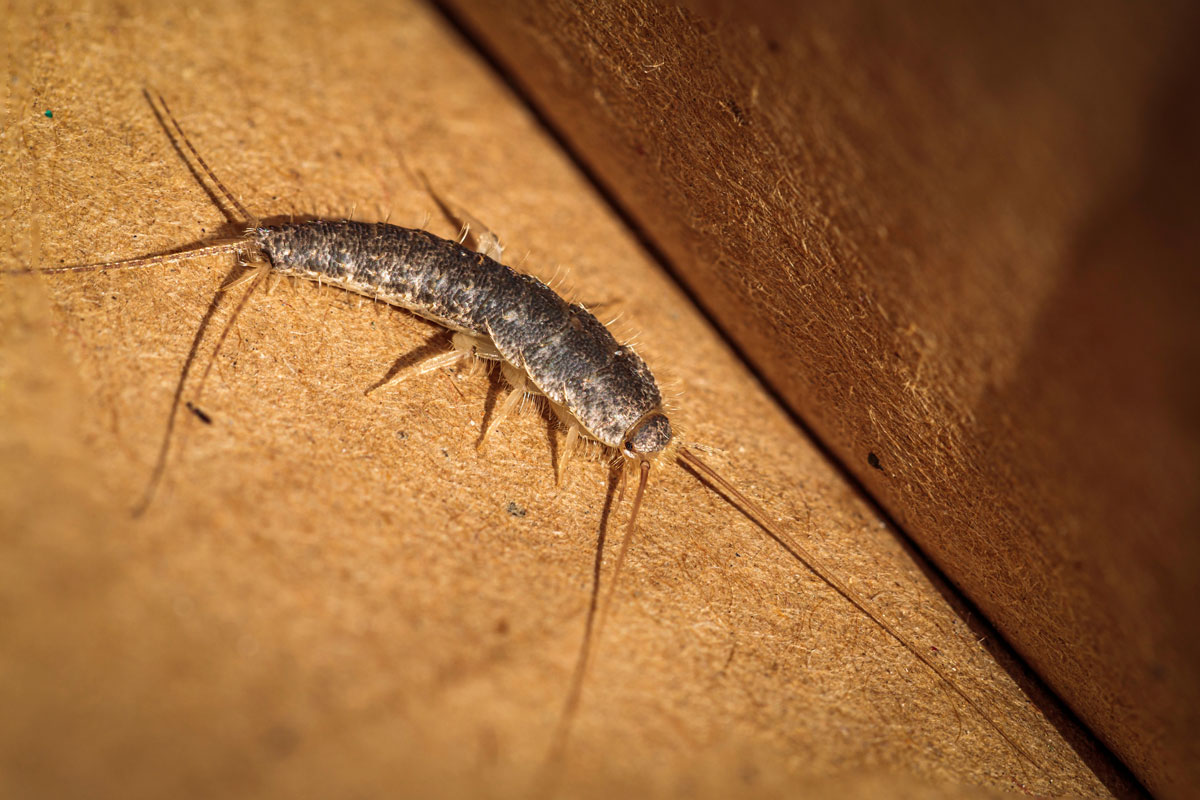
Fortunately, silverfish do not harm humans and animals. They do not sting, bite, or bring pathogens or diseases. However, even if they can't affect your health, it would still be best to get rid of them since they are still pests that can significantly damage your home or belongings.
In addition, silverfish excrement or skin molts may cause allergic reactions in people with severe allergies.
Wrap It All Up
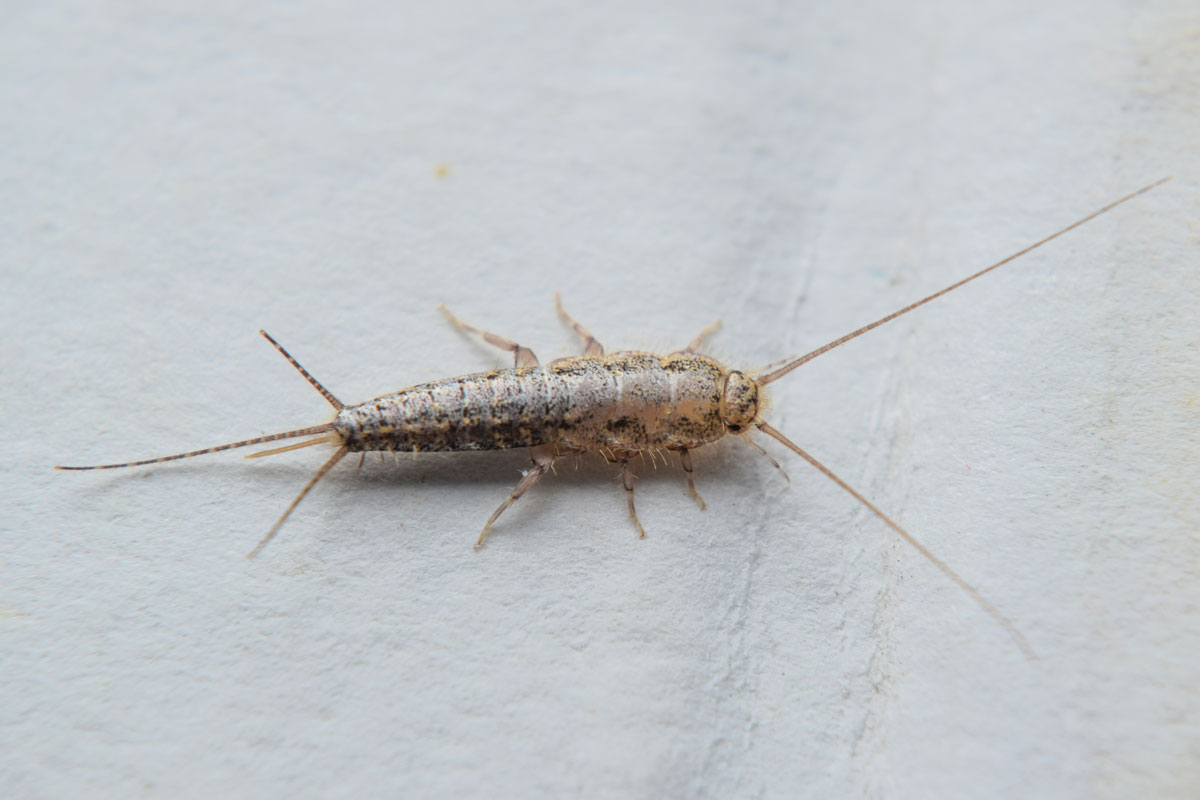
Silverfish are indeed small but destructive. And you don't want your home to obtain more damage because of these stubborn pests, so it would be best to get rid of them immediately.
We hope you find this post helpful. If you have additional questions, let us know by leaving a comment below. And for further reading, you can visit our website anytime, or you might want to check the articles below.
Where Do Black Ants Come From? [Small And Big Species]



